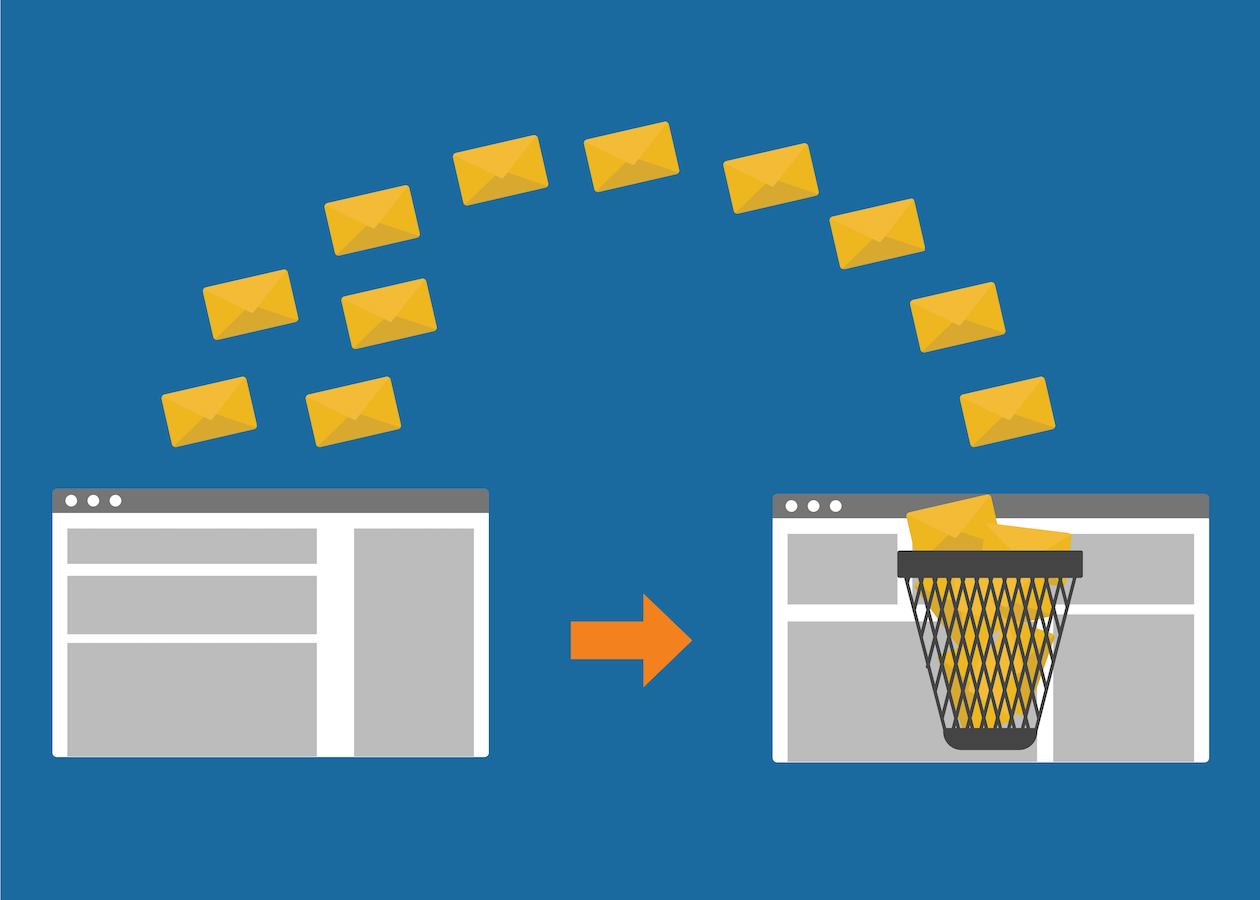WhoisXML API Now Offers 6 Files for its DNS Database Download Service
WhoisXML API made its DNS database download available in six different files, each for different DNS record types. Doing so makes the DNS database files easier to integrate and analyze and enables particular use cases.
The resource records you can download as database files are:
- A records: An A record directs a domain or subdomain to an IP address. It is possibly the most basic type of DNS record, as all domains should resolve to an IP address to become accessible.
- Mail exchanger (MX) records: This type of record specifies the mail server where email messages meant for a specific domain are accepted.
- Nameserver (NS) records: The NS record determines the authoritative DNS server for the domain name.
- Text (TXT) records: This type of DNS record was initially allotted for human-readable information about a domain that serves as notes for administrators. Its use has, however, evolved to include serial numbers, codes, and server names.
- Canonical name (CNAME) records: A CNAME allows website administrators to provide aliases to domain names by pointing them to another domain. The domain blog[.]example[.]com, for example, can be given the alias or CNAME example[.]com.
- Start of Authority (SOA) records: SOA records contain administrative details about a particular domain’s zone. This record helps manage zone transfers and contains the primary nameserver, serial numbers, and timestamps.
This tutorial looks into the six types of DNS databases now available for download.






































